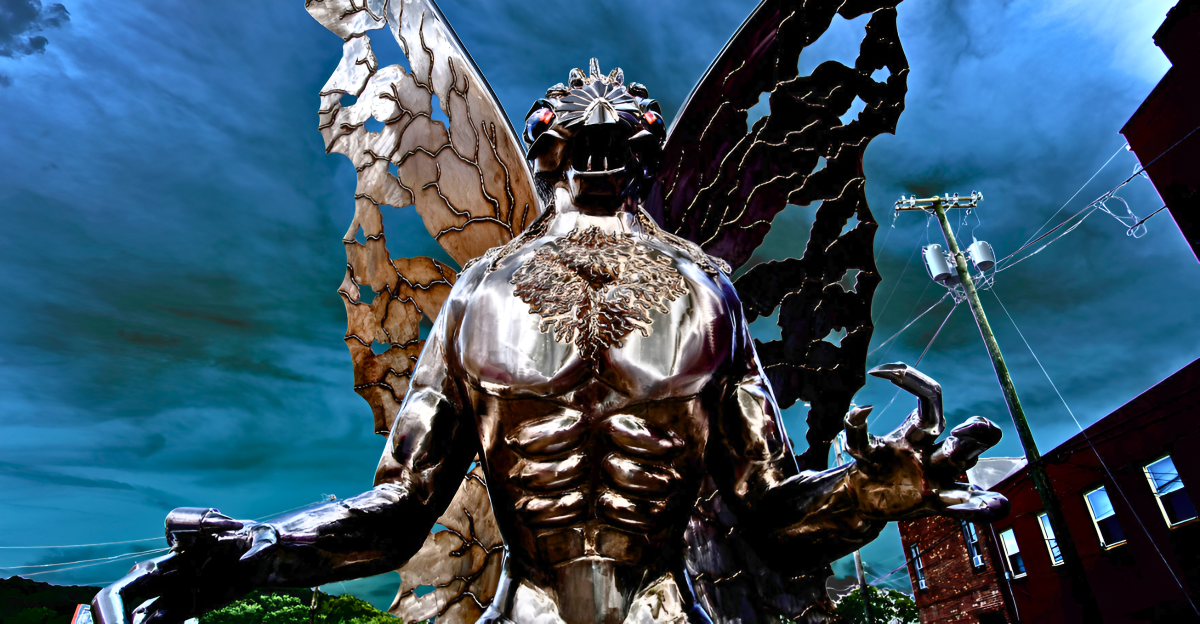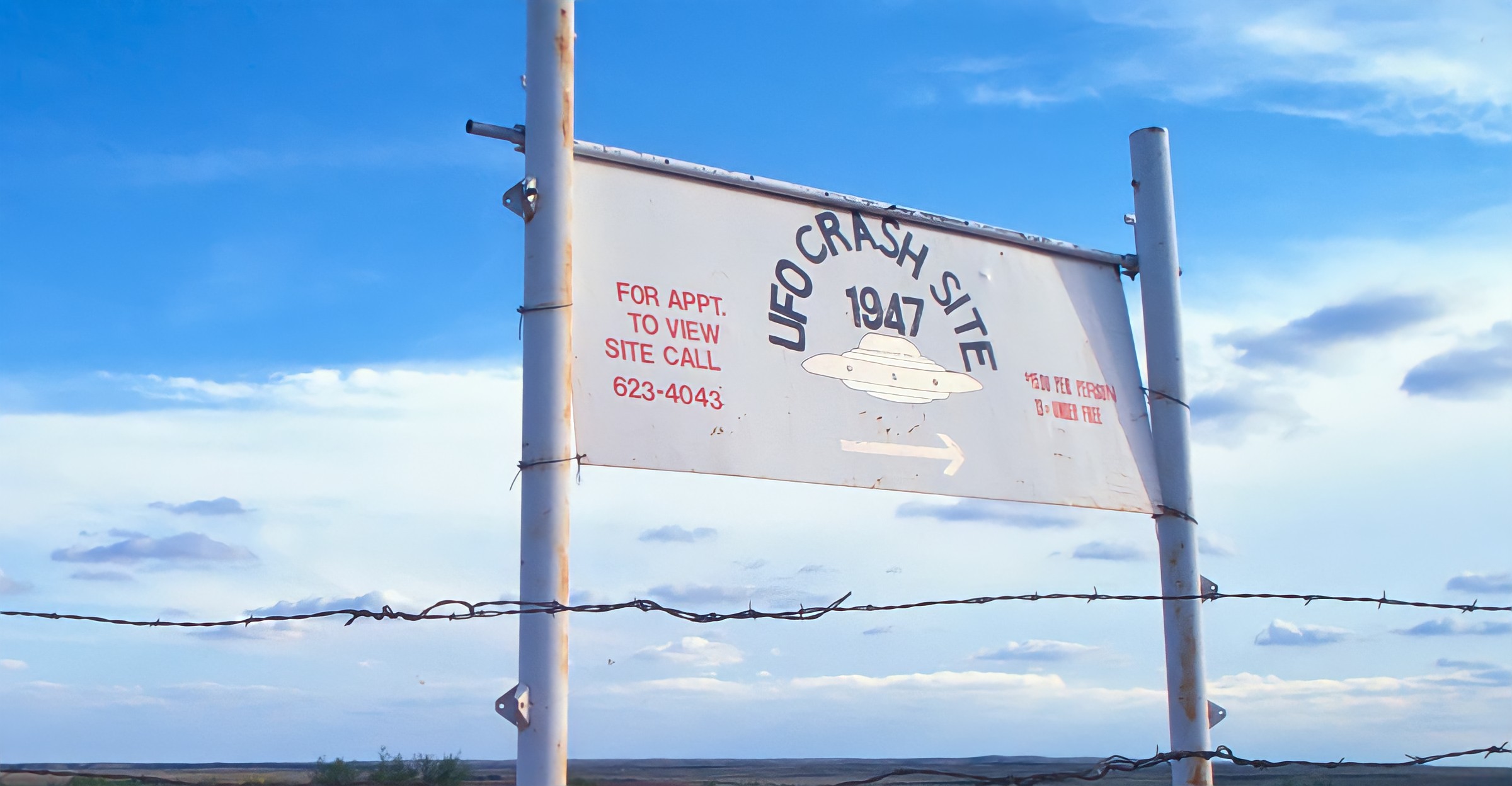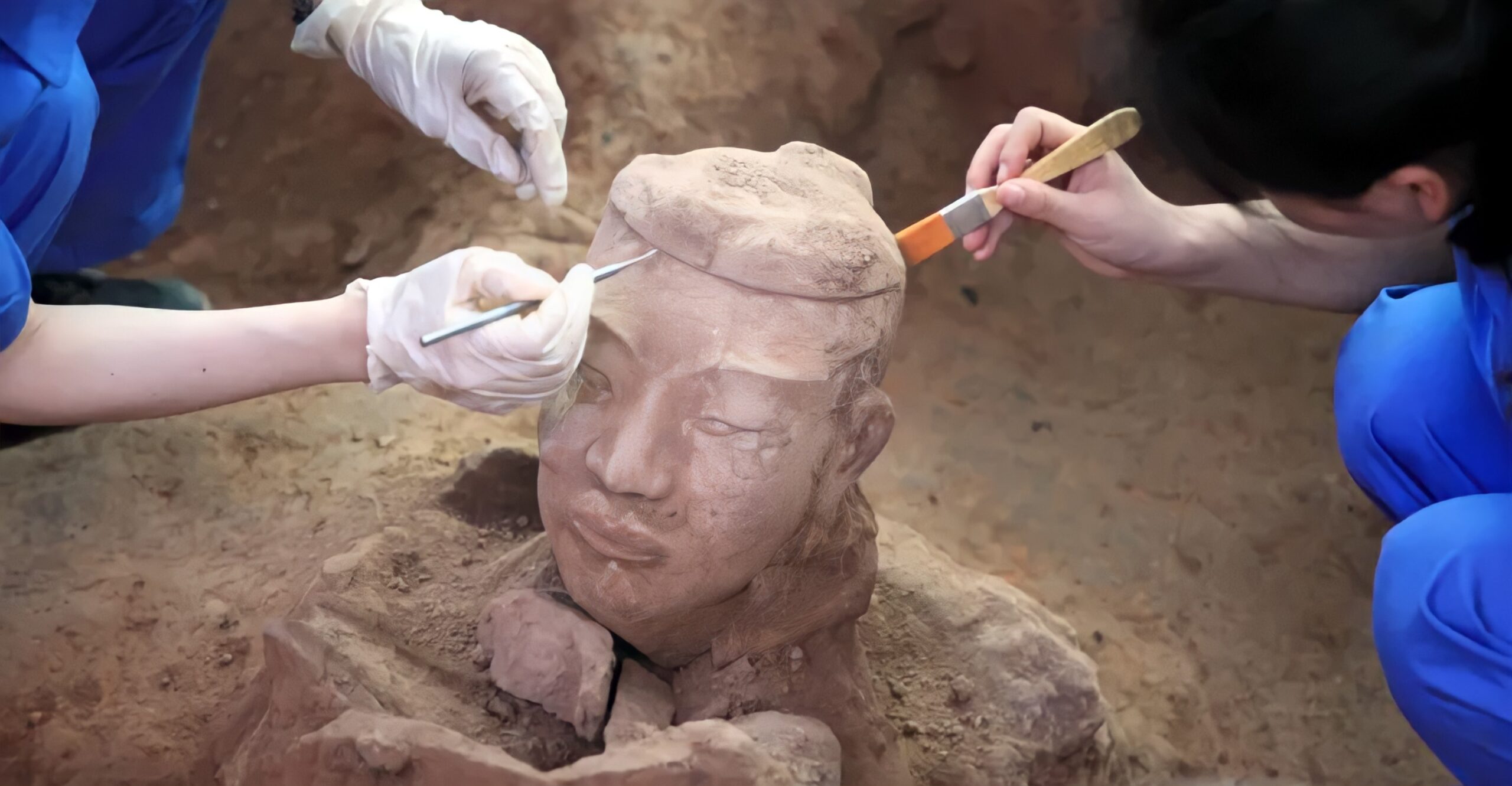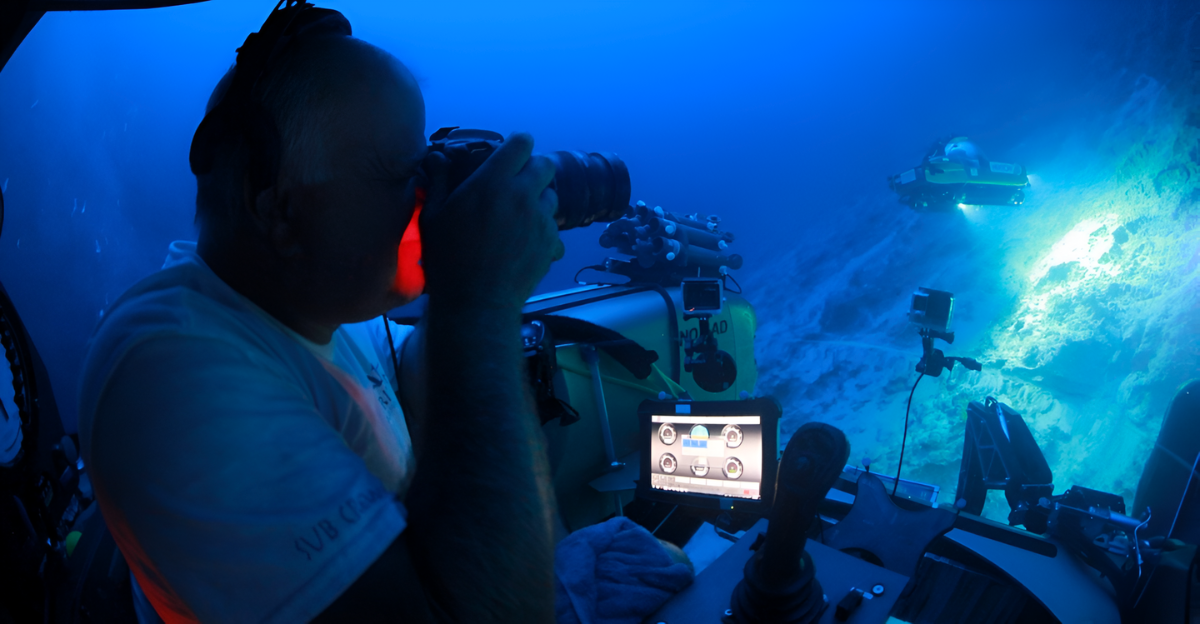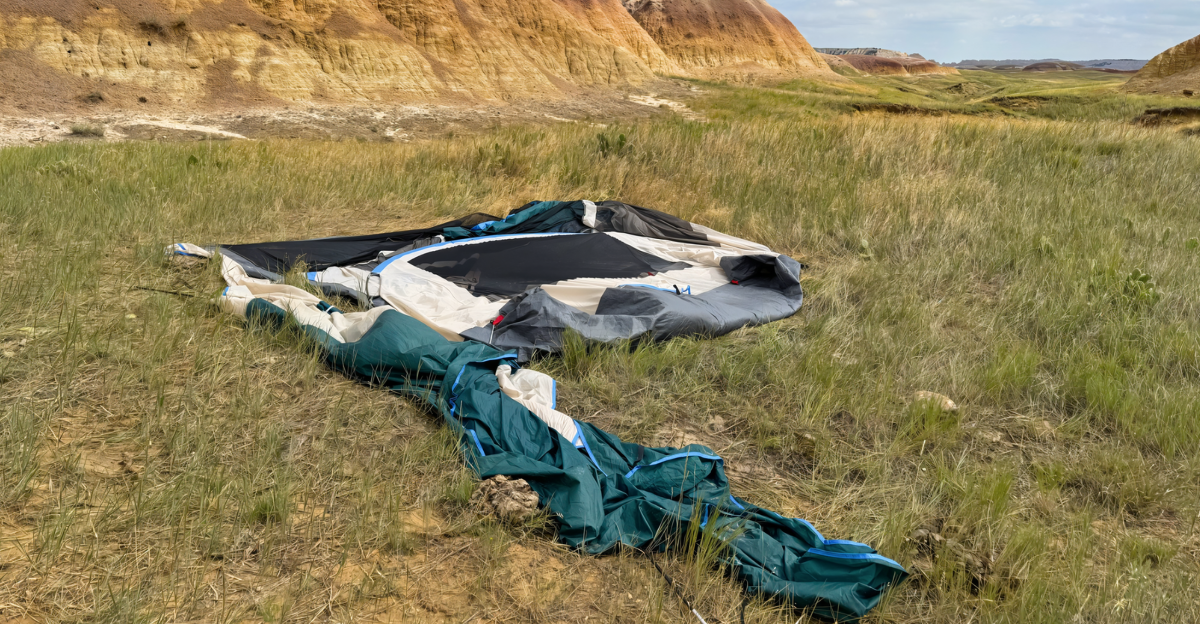Archaeologists digging at Tel Shiloh in Israel have found strong signs of the biblical Tabernacle, the portable holy tent described in the Bible as where the Ark of the Covenant was kept.
Dr. Scott Stripling’s team found an ancient stone building that fits the size and shape described in the scriptures, along with over 100,000 old animal bones from sacrifices.
Most bones are from animals allowed by Jewish law, like sheep and goats, and many are from the animal’s right side, just like the rules in Leviticus 7 describe.
This exciting find likely shows where the Ark stood 3,000 years ago, but the Ark itself still has not been found.
Ancient Worship Center
For about 400 years, Shiloh was Israel’s central holy place before Jerusalem.
The Bible says Joshua set up the Tabernacle here around 1400 BCE for worship and to place the Ark of the Covenant.
Scientists have found pottery and other items from this period at the site, which shows that it was always busy with religious activities.
Shiloh was destroyed around 1050 BCE, but before that, it was a significant place where people gathered and prayed for hundreds of years.
Political Complexities
This dig is happening in a sensitive area—the West Bank of Israel, an area full of political conflict. Tel Shiloh is inside a modern Israeli settlement built on land that used to be owned by Palestinians, who now can’t enter.
The site, unlike others in the West Bank, is not run by Israeli government officials but by local settler groups and a private nonprofit. Some people feel the site is used to support political causes.
International rules try to protect archaeology in these areas, but Israel hasn’t agreed to all of them. These issues make the work at biblical sites even more challenging.
Century of Searching
People have been digging at Shiloh for over 100 years. Early teams from Denmark worked there in 1922, and in the 1980s, Israeli scientist Israel Finkelstein dug only about 5% of the site—he thought the bones he found were from Canaanite sacrifices.
Since 2017, Dr. Stripling’s group has dug deeper than ever before. They found rare altar pieces, clay decorations that match the Bible, and storage rooms that may have kept offerings.
Each discovery helps create a clearer picture of how ancient people worshipped here.
Structure Revealed
The big building Dr. Stripling’s team uncovered fits the Bible’s description of the Tabernacle—its measurements are 2-to-1, and it faces east to west, just like in Exodus.
There are massive walls and rooms inside. The most convincing proof is the vast number of animal bones—over 100,000 from animals fit for sacrifice, mainly from the right side, just as described in Jewish law for priests.
Tests say this building was used from 1250 to 1050 BCE, aligning with the Bible saying the Tabernacle was here. However, the Ark itself was not found in this spot.
Religious Tourism Surge
This discovery has made the site even more interesting for religious tourists. Shiloh gets about 120,000 visitors annually, many of whom are Christians or Jews who want to see a real piece of biblical history.
The visitor center got government money for upgrades and uses holograms to show what Tabernacle ceremonies looked like.
Tour bookings shot up by 300% after news of the latest finds.
However, Palestinians living nearby don’t benefit from any of this tourism.
Expert Leadership
Dr. Stripling is well-respected in his field. He has a PhD in Archaeology and biblical history, leads the Associates for Biblical Research, and teaches at a Texas seminary.
His team has more than 200 experts from 11 different schools worldwide. Dr. Stripling has helped lead other digs at famous sites in Israel, and his team uses modern methods like carbon dating and 3D mapping to study what they find.
Archaeological Significance
This find is essential for understanding how ancient Israelites worshipped.
Earlier guesses about where the Tabernacle was mainly came from reading the Bible, but now a building matches the old descriptions.
Evidence like special altar parts and storage rooms adds to this picture of old religious life.
These results help experts debate whether Old Testament stories are based on real history. This dig connects the Bible’s words to real-world remains.
Religious Community Response
Millions of believers see this discovery as support for their sacred stories. While some religious groups are excited, non-religious scholars are still cautious and want more solid proof.
Organizations and churches are sharing news of the discovery in classes and sermons.
However, while the site of the Tabernacle might finally be pinpointed, the Ark’s fate is still a mystery.
Missing Centerpiece
Even though the Tabernacle’s location at Shiloh is now much more precise, there’s still no sign of the Ark of the Covenant itself.
The Ark was last seen in old records around 586 BCE, then vanished when the Babylonians destroyed Jerusalem’s temple.
Stripling’s group found the “home” where the Ark likely rested, but not the Ark.. Its location is still unknown.
Ethiopian Traditions
The Ethiopian Orthodox Church claims to have the real Ark in its church at Axum, Ethiopia.
Local tradition says the Queen of Sheba had a child with King Solomon, and their son brought the Ark to Ethiopia.
Only one monk is allowed to see it. However, most historians think the Queen of Sheba was from Yemen, not Ethiopia, and the Bible says the Ark stayed in Jerusalem long after the Ethiopian story.
African Sacred Traditions
Some African communities, like the Lemba people of Zimbabwe, say they have an item similar to the Ark, called Ngoma Lungundu or “the drum that thunders.”
Scientists dated the drum to about 700 years ago. The Lemba believe it was made from pieces of the original Ark, but its age means it probably isn’t the real one from ancient Israel.
Still, it is a sacred object, and the Lemba have some genetic roots from the Middle East, which lend weight to part of their story.
Mount Nebo Mystery
Another legend from the Book of 2 Maccabees says the prophet Jeremiah hid the Ark in a cave on Mount Nebo, now in Jordan, to keep it safe before Jerusalem fell.
Jeremiah was asked to bring the Ark, incense altar, and Tabernacle tent into a cave, but later, no one could find it. Jeremiah supposedly said the treasures would only reappear when God brings his people together.
So far, no Ark or sacred items have ever been seen in Mount Nebo’s many caves.
Disputed Claims
Over many years, some people have made bold claims about finding the Ark, but most have been false.
For example, amateur explorer Ron Wyatt said in 1982 that he found it under Jerusalem but never showed hard proof. Most archaeologists, including those from the Israel Antiquities Authority, say his claims were bogus.
These stories show how the Ark still attracts attention, but real experts want solid evidence, not rumors.
Research Continues
The Shiloh finds give archaeologists new clues but also more questions. Dr. Stripling’s team will keep digging to find more structures or objects.
They may use radar and other modern tools to look for hidden rooms under the site.
The discoveries may help guide future searches at other biblical places related to the Ark’s reported travels. However, none of these efforts have led to the Ark’s discovery.
Legal Pressures
The dig also faces legal challenges. Palestinian groups and international organizations want independent experts to run the site and share the results.
UNESCO and other world organizations worry that politics are influencing archaeology.
Nearby places are even being considered for World Heritage status, which could cause more arguments over who controls the sites and how finds are explained to visitors.
Academic Debates
Experts in archaeology are still arguing about this discovery. Some believe it supports Bible stories, while others worry that people are just seeing what they want to see.
There are questions about mixing religion with science, because the group running the site says its mission is to support the Bible.
This debate is part of a bigger question: should archaeology be neutral, or is it also okay to support religious traditions?
Viral Misinformation
News of the discovery spread fast on social media. Many online people have shared dramatic stories and videos, sometimes far beyond what the archaeologists found.
Some even wrongly claim the Ark itself was uncovered at Shiloh.
Real scientists have had to clear up misunderstandings and keep the facts straight, reminding everyone that while the Tabernacle’s site may have been found, the Ark is still missing.
Historical Context
Other so-called “major” Bible discoveries have often caused a lot of excitement before being proven false or overhyped.
False relics, fake bones, and other claims have grabbed the public’s attention, only to be quietly debunked later.
Genuine archaeology takes lots of careful reviewing.
The Shiloh structure discovery is essential, but responsible researchers warn against jumping to conclusions until all the evidence is double-checked.
Clear Conclusions
The dig at Shiloh is a real step forward in understanding ancient religious life in Israel.
It provides strong evidence for the place where the Tabernacle stood. The bones, walls, and rituals match Bible stories about worship 3,000 years ago.
But despite all these significant finds, the Ark of the Covenant is still missing.
For now, the Ark’s location remains a mystery that still fascinates experts and believers worldwide.


